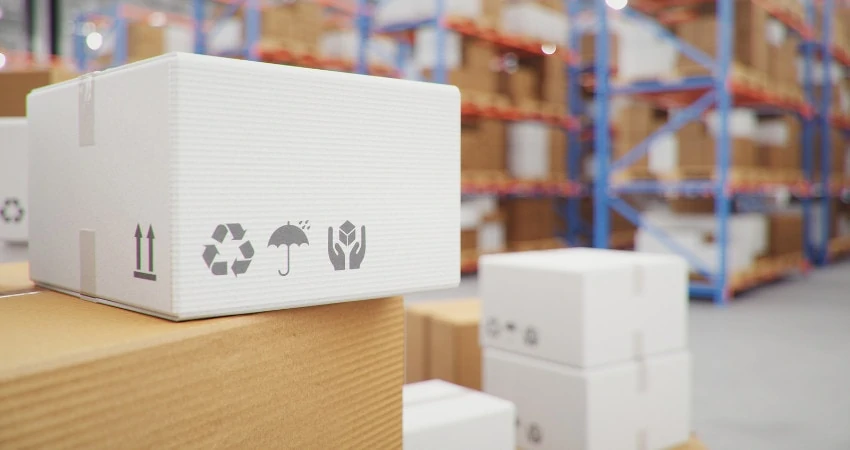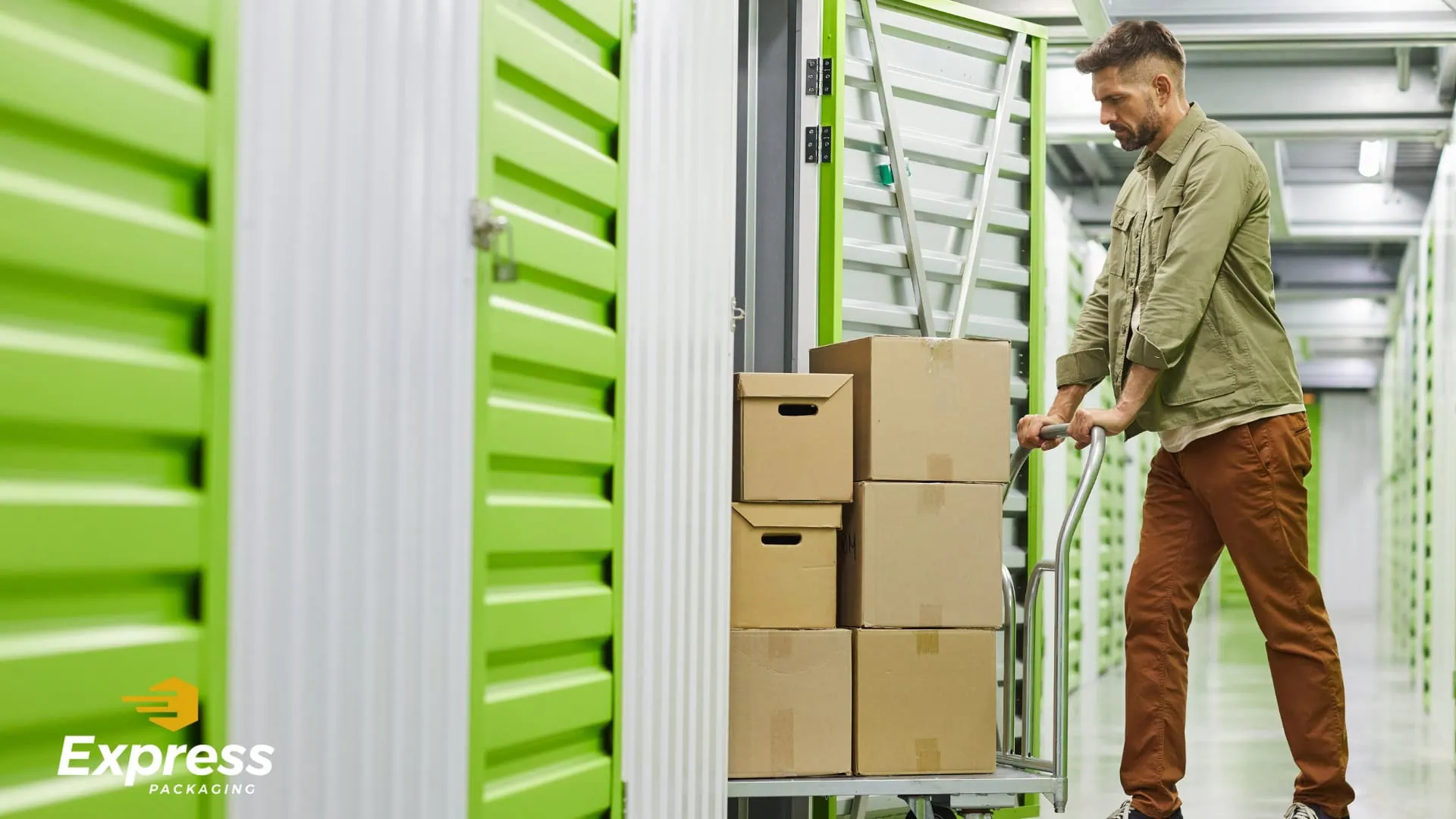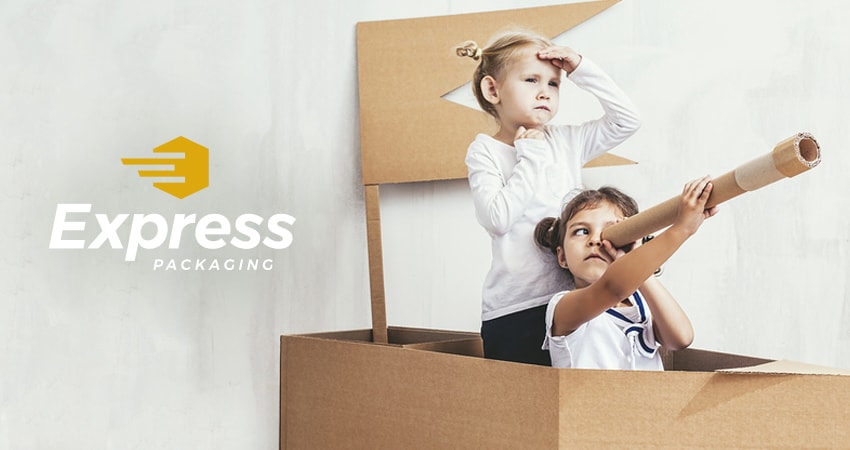
Corrugated boxes may seem like a nondescript item for many businesses: two pieces of cardboard joined by a fluted (ridged) layer, standard sizes, generic brown coloring. But corrugated boxes can be a packaging game-changer when you know more about their versatility.
Components
The corrugated box is made of two liner boards on the exterior of the sides and a flute that is sandwiched between them. Flutes are graded A, B, C, E, and F, with C being the most versatile in terms of shipping options. Not all corrugated boxes are made equal though, as some are made to be stronger than others to support heavier items. The paper used to make the boxes might come from softwood trees (e.g., yew, spruce, etc.) or from recycled fiber, with different properties assigned to each option. For instance, test paper is made from recycled fiber and less durable than paper made from virgin pulp.
Walls
You can get corrugated boxes in single, double, or triple walls, with the durability generally increasing as you go up the ladder. The single-walled boxes can hold anywhere from 0 to 120 pounds, depending on its overall construction. If you’re looking for a sturdy box that can hold up to some serious wear and tear along the shipping route, a double- or triple-walled box is likely your best option. A triple-walled box will have three corrugated sheets, four liners, and be able to hold up to 300 pounds.
Strength
When it comes to using your corrugated boxes, you need to know how much weight it can handle. Testing the strength of a corrugated cardboard box can be done by applying pressure to the edge of the box before noting where it succumbs to the force. Known as the edge-crush test, it gives you a good idea of the stack resistance of the box.
You can also use the burst test to determine how much the box can handle before it will be punctured. If you see a rating of 100#, it means that you can directly apply 100 pounds per square inch to the surface of the liner board. Finally, you can use the water absorption test to see how much moisture the box can handle before being severely damaged.
Certification
Boxes often come labeled with a round stamp that will give you some quick facts about the box and its construction. The box maker’s certificate (BMC) will either give you the edge-crush test rating (ECT) or the Mullen test rating (also known as the burst Test). The name of the manufacturer is located in the outside ring. Directly under this information, you’ll find the number of walls used to make the box.
If you have questions about anything from the best flute size to how corrugated boxes can be used to enhance your branding, contact Express Packaging today. We’re here to help you find boxes that will hold up to your (and your customers’) high standards.


